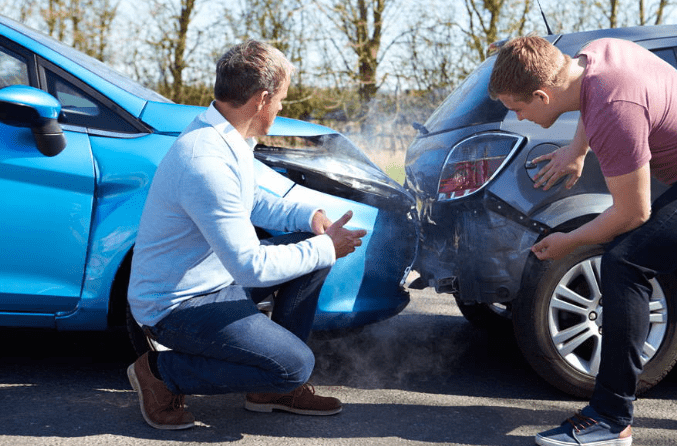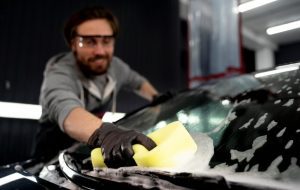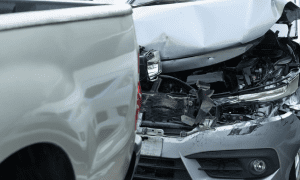Which car has the best collision avoidance system? In today’s fast-paced world, road safety is a top priority for both drivers and car manufacturers. One of the key features that contributes to overall safety is a reliable collision avoidance system.
In this article, we’ll explore: Which car has the best collision avoidance system? The world of collision avoidance technology includes highlighting the top car brands, comparing various technologies, and providing valuable insights to help you make an informed decision when choosing your next vehicle.
top contenders based on safety ratings
- 2023 Acura Integral: This small car earned the Top Safety Pick+ award from the Insurance Institute for Highway Safety (IIHS), scoring the highest rating of “Superior” in all of their crash avoidance and mitigation tests.
- 2023 Genesis G90: This luxury sedan also received the Top Safety Pick+ award, with top marks for crash worthiness, crash avoidance, and crash mitigation.
- 2023 Subaru Outback: This wagon earned the Top Safety Pick+ award and aced all the IIHS’s crash avoidance and mitigation tests.
Other cars with well-regarded collision avoidance systems:
- Vehicles with “Superior” ratings for front crash prevention from IIHS: This list includes many popular models from various brands, such as the Audi A3, BMW 3-Series, Honda Accord, and Toyota Camry.
- Cars with top safety features, according to Car and Driver: This list includes the 2023 Mercedes-Benz C-Class (with the optional Driver Assistance package), the 2023 Acura Integral, and the 2023 Mazda CX-5.
Additional factors to consider:
- Specific features: Different systems offer different features, such as automatic emergency braking, lane departure warning, blind spot monitoring, and adaptive cruise control. Consider which features are most important to you.
- Driver-assistance vs. self-driving: It’s important to remember that even the best collision avoidance systems are not foolproof and are meant to assist the driver, not replace them.
- Cost: Collision avoidance systems can vary in price depending on the car and the specific features included. Consider your budget when making your decision.
Ultimately, the best way to choose a car with a collision avoidance system that’s right for you is to do your research, compare different models, and consider your individual needs and priorities. You may also want to ask yourself which car has the best collision avoidance system, and read reviews from experts and consumers to get different perspectives on the effectiveness of different systems.
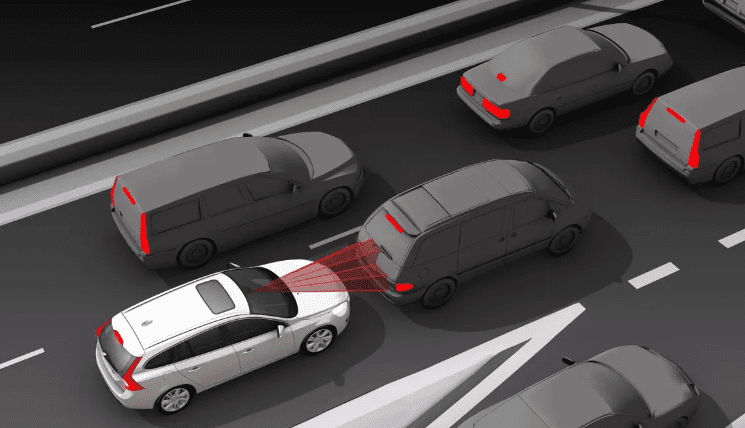
Collision-Avoidance Systems
Collision Avoidance Systems (CAS) are advanced driver-assistance systems (ADAS) designed to prevent or mitigate the severity of vehicle collisions. They use a combination of sensors, cameras, and software to detect potential hazards on the road and alert or assist the driver in avoiding them.
Understanding Collision Coverage in Car Insurance
Benefits of a Reliable Collision-Avoidance System
In today’s fast-paced world, navigating the roads can be fraught with risks. Driver distractions, unpredictable situations, and human error can all contribute to potentially devastating collisions. Fortunately, technology offers a helping hand in the form of Collision avoidance systems (CAS). These intelligent systems act as guardian angels on the road, providing a multitude of benefits that go beyond simply preventing crashes.
The Shield of Safety:
The most prominent advantage of a reliable CAS is its ability to reduce the risk of collisions. Systems like Automatic Emergency Braking (AEB) can slam on the brakes in situations where the driver might not react fast enough, potentially preventing rear-end crashes and mitigating frontal impacts. This translates to fewer injuries, saved lives, and reduced emotional trauma associated with accidents. That’s why you should ask yourself: Which car has the best collision avoidance system?
Beyond Collision Aversion:
CAS offers more than just reactive measures. Features like Lane Departure Warning (LDW) alert drivers when they unintentionally drift out of their lane, preventing potentially fatal sideswipes. Blind Spot Monitoring (BSM) acts as an extra set of eyes, detecting vehicles hidden in blind spots and assisting with safer lane changes. These proactive warnings provide valuable time for drivers to react and make informed decisions, enhancing their overall situational awareness.
The Ripple Effect of Safety:
The benefits of CAS extend beyond the immediate occupants of the vehicle. Systems like pedestrian detection with AEB can detect and potentially avoid collisions with pedestrians, protecting vulnerable individuals on the road. This contributes to a safer environment for everyone by promoting responsible driving and fostering a culture of shared safety.
More Than Just Hardware:
Reliable CAS doesn’t exist in a vacuum. It requires regular maintenance and software updates to ensure optimal performance. This proactive approach to safety translates to peace of mind for drivers, knowing their car is equipped with the latest technology and ready to react effectively in critical situations.
The Road Ahead:
CAS technology is constantly evolving, offering increasingly sophisticated features and improved performance. This continuous development holds immense promise for the future of road safety. As CAS becomes more integrated with autonomous driving technology, the potential for accident prevention is even greater.
Factors to Consider When Choosing a Car Which car has the best collision avoidance system?
- Consider the availability and effectiveness of advanced driver assistance systems (ADAS), including features like automatic emergency braking, lane-keeping assistance, and adaptive cruise control.
- Evaluate the reliability of these systems and examine the vehicle’s overall safety ratings.
- Assess the integration of sensors and cameras into the car’s collision avoidance capabilities.
- Factor in your driving habits, the environments you navigate, and the manufacturer’s reputation for safety innovations when making your decision.
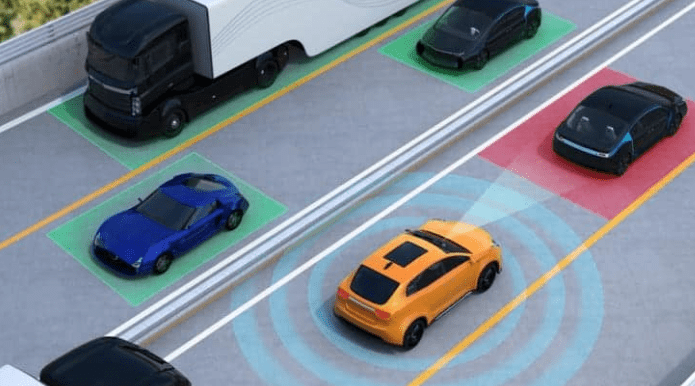
Conclusion: Which car has the best collision avoidance system?
In conclusion, When you own a car, you should know which car has the best collision avoidance system Prioritizing a car with an advanced collision avoidance system is a proactive step toward ensuring your safety on the road. With various technologies, brands, and considerations to explore, you are now equipped with the knowledge to make an informed decision when selecting your next vehicle. Drive safely and confidently, knowing your car is equipped with the best collision avoidance system available.
How do collision-avoidance systems work?
Why are you asking which car has the best collision avoidance system? The car has the best collision avoidance system because it uses sensors, such as radar, lidar, and cameras, to continuously monitor the car’s surroundings. These sensors collect data about nearby objects, their speed, and their distance from the car.
The system then analyzes this information to assess potential collision risks. If a threat is detected, the system can alert the driver through visual or audible warnings. In more advanced systems, it can even take autonomous actions, like applying brakes or steering, to prevent or mitigate a collision.
Can collision-avoidance systems eliminate the risk of accidents?
While cars have the best collision avoidance system, which significantly reduces the risk of accidents by providing warnings and taking preventive actions, they cannot eliminate the possibility of all accidents.
Factors like system limitations, unforeseen circumstances, and occasional technical failures mean that drivers should remain attentive and use these systems as aids rather than relying solely on them for safety.


